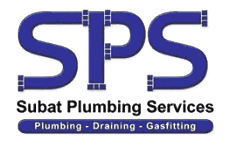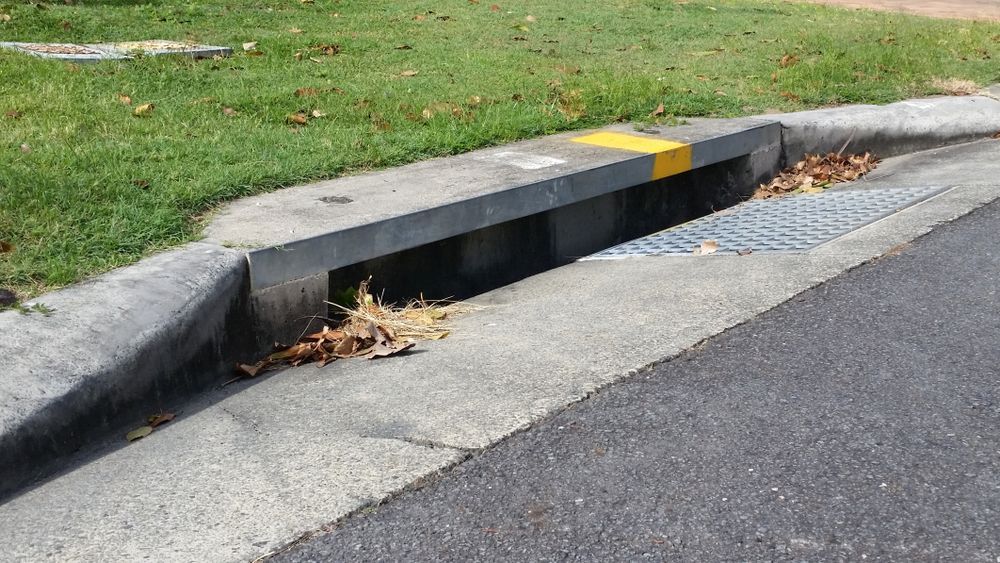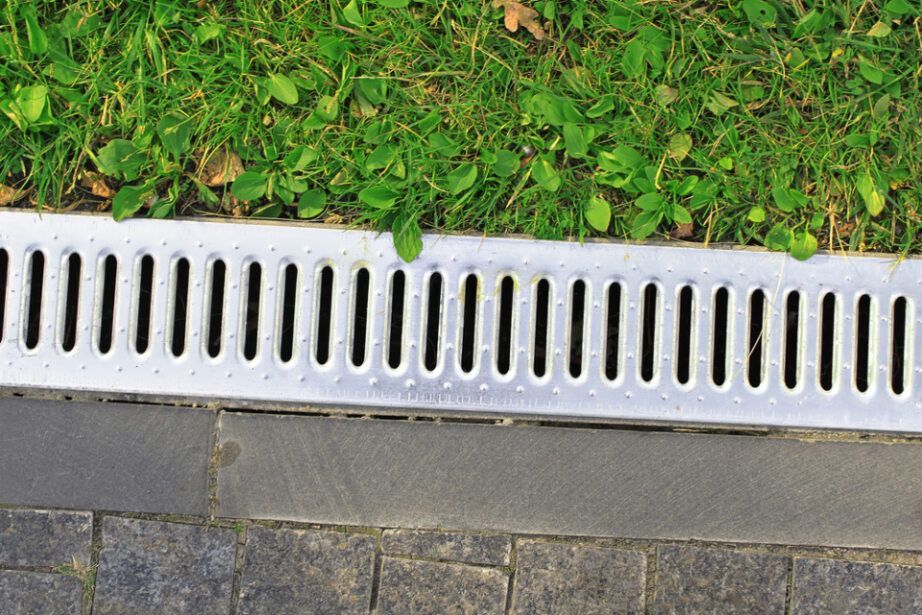Stormwater Drainage in Cessnock
- 24/7 Emergency Support
- Upfront, Honest Pricing
- Licensed Local Experts
Get A Callback in Cessnock
Contact Us
Thank you for contacting Subat Plumbing Services.
We will get back to you as soon as possible.
Please try again later.
Functional Solutions
Cessnock Stormwater Drainage Solutions
Subat Plumbing Services offers stormwater drainage services for residential and commercial properties throughout Cessnock. Fully licensed and insured, the team works with homeowners, builders and strata to manage surface water safely and in line with local council requirements.
Our services include new system installation, upgrades to existing drains, and solutions for common drainage problems such as pooling or overflow. Whether it’s connecting downpipes, laying PVC stormwater pipes or installing surface pits and channels, every job is completed using compliant materials suited to the site’s conditions. The team has experience with sloped blocks, older properties and new builds across Cessnock and understands how to assess runoff flow and capacity.
Subat Plumbing Services works efficiently to minimise disruption, coordinating with landscapers or builders where needed. If you're planning new works or need help resolving drainage concerns, call 0419 147 809 to speak with the team or request a quote.
Pit & Pipe Installs
Surface Water Control
Runoff Planning
Drainage Process
How the Service Works
Stormwater drainage solutions in Cessnock are planned according to the property layout, ground slope and rainfall management needs. Subat Plumbing Services starts by inspecting the site, identifying low points, blocked pathways or inadequate discharge zones. From there, a practical system is designed, typically involving pits, grated drains, PVC piping and connection to legal stormwater points.
Installation may require trenching, pipe laying, and linking new pits to roof drainage or hardstand areas. All work is completed to code, with consideration for water redirection, erosion control and property structures. The team uses laser levels and other tools to set correct pipe gradients and fall. In high-traffic areas, trafficable pits or reinforced covers are used to protect the system. After installation, systems are tested to check for flow, blockage resistance and outlet function.
Post-job support is available for questions or further improvements, ensuring every drainage solution in Cessnock meets the property’s long-term needs.
What is stormwater drainage and why is it important?
Stormwater drainage refers to the system designed to direct rainwater or surface water away from properties, roads and infrastructure to reduce flooding and water damage. It includes components like gutters, downpipes, drains, pits and underground pipes that collect and guide runoff to council-approved discharge points or natural waterways. Proper stormwater management is essential for maintaining property integrity, preventing erosion, reducing pooling, and complying with local council requirements. Inadequate drainage can lead to structural issues, landscape damage, and even fines for illegal water discharge.
Who is responsible for stormwater drainage on private property?
In most cases, the property owner is responsible for managing stormwater drainage within the boundaries of their property. This includes ensuring water from roofs, paved surfaces and yards is correctly directed into legal discharge points like the street gutter, stormwater main or absorption trench, depending on council regulations. The local council is generally responsible for maintaining the main stormwater infrastructure outside the property boundary, such as kerbs, gutters and council pipes. If issues arise that affect multiple properties or cross boundaries, shared responsibility or council involvement may apply.
How do I know if I have a stormwater drainage problem?
Signs of a stormwater drainage problem include water pooling around your home after rain, soggy or eroding areas in your yard, damp spots on external walls or foundations, and overflowing gutters or downpipes. You may also notice water staining, mould, or a strong musty smell near the base of your home. In some cases, these issues can appear gradually or only after heavy rainfall. Drainage problems are often linked to blocked or undersized systems, incorrect slope, or a lack of proper outlets. It’s important to address these signs early to prevent property damage or council compliance issues.






